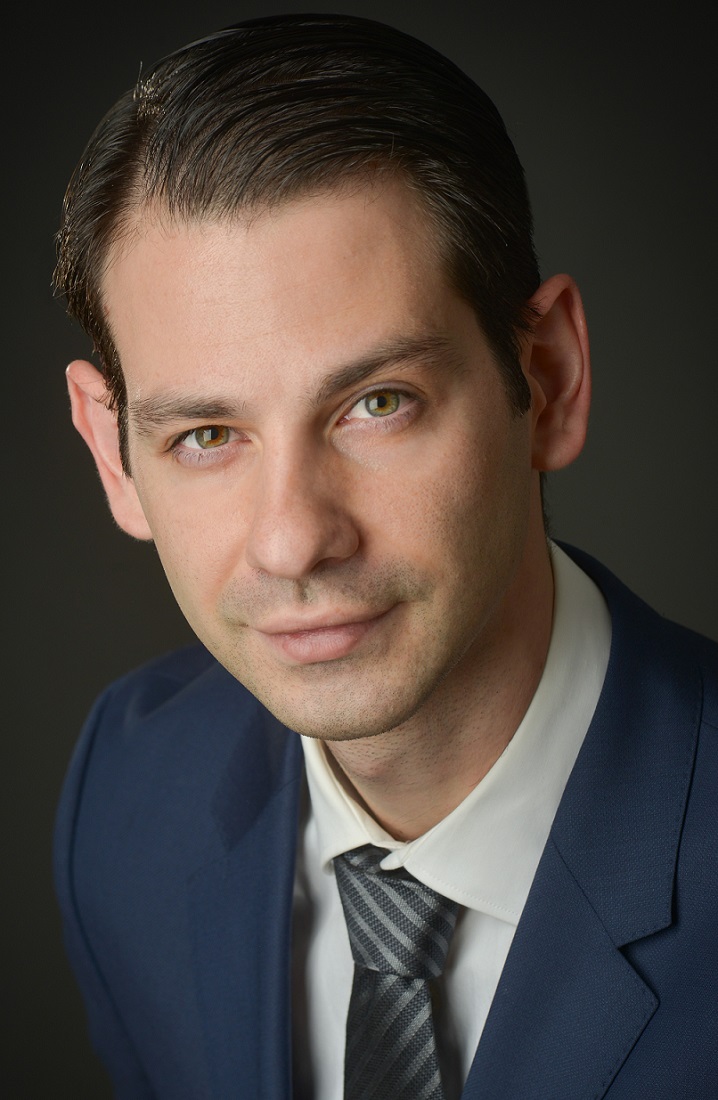Description
BACKGROUND
Rotator cuff tears are a very common cause of shoulder pain and dysfunction, and cause reduced mobility and reduced quality of life. Despite advances in surgical techniques and repair protocols, the management of large or massive rotator cuff tears remains a significant challenge for orthopedic surgeons. Grafts have been proposed as a solution to augment or bridge torn tendons, but optimal clinical outcomes are not always achieved due to poor graft integration, suboptimal mechanical properties, and immunological reactions.
OBJECTIVE
The aim of this study was to (1) evaluate the biomechanical properties of an intrasynovial autograft, (2) study the distribution and progression of fatty infiltration of the muscle by computed tomography, and (3) evaluate the histological changes at the site of the insertion, after the bridging of a large and chronic tear of the subscapularis(ssc) tendon in the rabbit.
METHODS
Twenty-six adult male Zealand white rabbits were used in this study. Large defects in the subscapularis tendons were produced bilaterally in 20 rabbits. After 6 weeks, secondary procedures were performed to the right shoulder of the rabbits, which were reconstructed with an intrasynovial interposition autograft (graft group). The left shoulder did not undergo any further treatment (defect group). The specimens were randomly divided into two equal time groups and underwent biomechanical testing, CT analysis, and histological evaluation at 6, and 12 weeks after reconstruction. In addition, 6 rabbits that were not operated, were used as a control group.
RESULTS
At 12 weeks post-repair, the graft group showed a statistically significant increase in ultimate failure load compared to the defect group (p < 0.05). In addition, the graft group at 12 weeks showed comparable stiffness to that of the control group. Computed tomography analysis showed no significant progression of fatty infiltration in the graft groups at the two time periods. In contrast, the deficit group at 12 weeks showed increased fatty infiltration compared to the control group. Finally, histological evaluation revealed at 12 weeks in the graft group a parallel arrangement of collagen fibers and chondrocytes, which closely resembled the insertion of the normal tendon.
CONCLUSION
Our study suggests that intrasynovial flexor tendon autografts hold promise as an effective interposition graft for the reconstruction of chronic large RC tears, as they improve the biomechanical and biological properties of the repaired tendon. Nonetheless, further investigations in preclinical large animal models are warranted to validate and extrapolate these findings to human studies.




